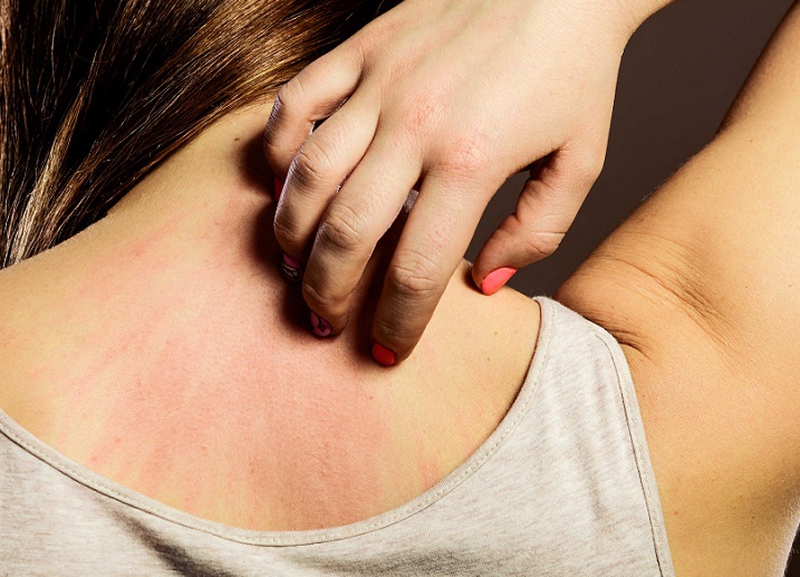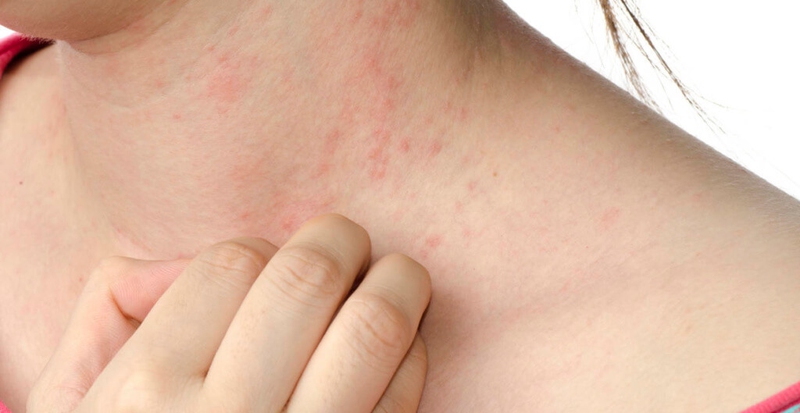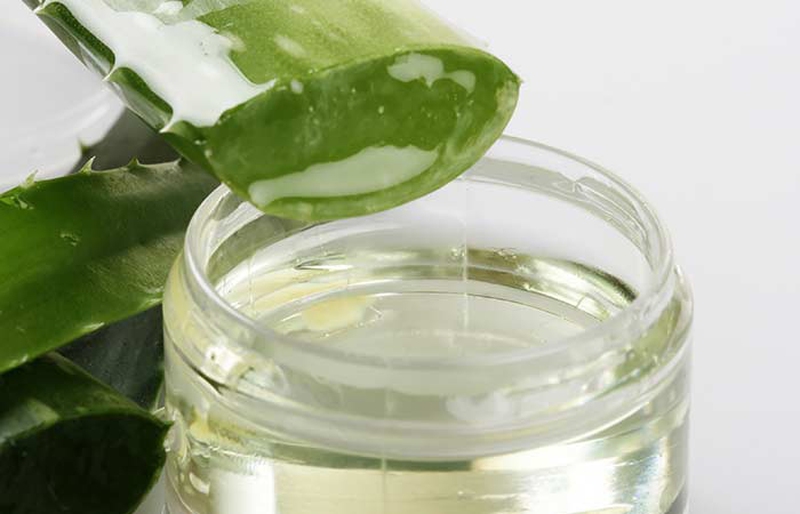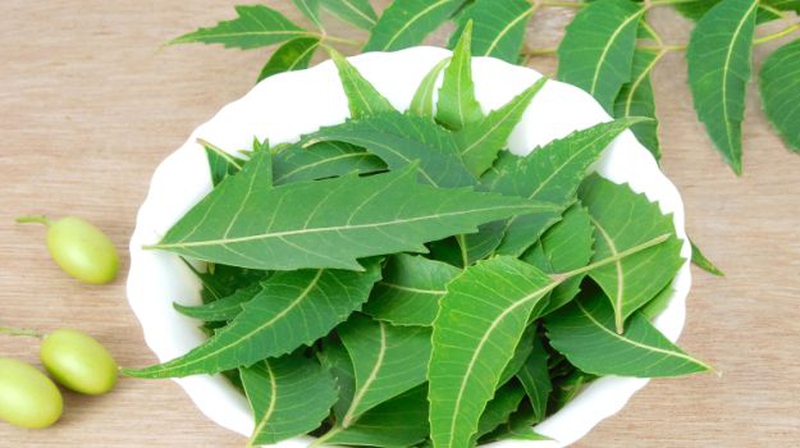In order to know how to get rid of heat rash, you need to know a little about these rashes themselves, because the more knowledge you have, the easier it becomes to combat the problem. So we’ll begin by talking about why rashes happen and then move on to discuss how to eliminate them.

Why Do Rashes Occur?
When the skin glands of your skin are blocked, sweat has no outlet to escape through. It accumulates on your skin, making it difficult for your skin to breathe, as a result of which your skin starts getting irritated. And itching will happen.
Usually, rashes occur during the summer or during the monsoon/rainy season because this is when humidity is at its peak. However, a lot of people experience rashes during winters, so don’t be surprised to see little red bumps showing up in the most unusual places on your skin during winter time.
Now apart from the weather, there are certain things you should keep in mind which can aggravate your rashes. Stay away from steam rooms, Jacuzzis, saunas, strenuous physical exercises, tight garments that don’t allow your skin to breathe, garments that make you sweat, areas with high temperatures or humidity. Sometimes, even sunburn, dry skin and fevers can worsen your heat rashes.
How to Get Rid of Heat Rash with Medicines
Here are some options for you to get rid of heat rash via OTC drugs:
Calamine lotion helps reduce the itching almost instantly.
Prescription cortisone creams like triamcinolone help soothe itching and rashes.
Mild cortisone creams like hydrocortisone help reduce inflammation.
Anhydrous lanolin helps prevent the blocking of your skin’s ducts.
Diphenhydramine (Oral antihistamine) helps reduce your itching.
Topical steroids can be applied, but only if your condition is severe and you have a prescription from your doctor.
How to Get Rid of Heat Rash Naturally
Lavender
This one is a must for those suffering from sunburn. You can use gels that contain lavender or use lavender essential oil which should be diluted with a carrier oil, of course and apply it on your skin for quick relief.
Aloe Vera
Did you know that the gel that comes from the leaves of the aloe plant is made up of 96% water? Sounds fake, but it’s true. So while the gel fights infection on your skin, soothes it and cools it down, it also hydrates your skin. Talk about a multipurpose solution to your problem! Even better, the polysaccharides present in the gel reduce your swelling, anesthetize the tissue and trigger immune responses from your body! You can apply the gel every 2-3 hours on your skin, and let your skin absorb it naturally.
Avocado oil
Avocados contain vitamin E and linoleic acid. Vitamin E helps soothe and moisturize your skin, as well as get rid of dead skins from the surface, thus giving room to newer cells to grow. Linoleic acid, on the other hand, helps treat rashes and sunburns, as well as helps new cells form. Apply the oil topically twice a day, and rub it in gently till it’s completely absorbed by your skin.
Neem
Also known as Azadirachta indica, Neem has been a tree that has been regarded highly in Ayurved due to its sheer anti-bacterial, anti-fungal, anti-microbial and disinfecting properties. If you want to know how to eliminate heat rash in the easiest manner, then know that the application of neem leaves instantly reduces redness, itching and swelling. You can use them in one of two ways:
Take a handful of leaves, boil them on low heat for 20-30 minutes, sieve the water and then spray it on your rashes.
Wash the leaves, crush them with a mortar and pestle, make a paste, add a little water and turmeric to it, and apply it on the affected area. Let the paste dry and then wash it off with a wet towel.
If fresh neem leaves aren’t available, you can also opt for neem oil. It’s just as effective on your rashes.
Other Ways to Treat Your Heat Rash
When it comes to how to get rid of heat rash, there are ways apart from taking or applying medicine or herbs that help you with your condition. Here’s a list of miscellaneous things you can do that will ease your heat rash to some extent:
Take cold showers at least twice a day.
If baths are not possible, then place ice packs on the affected area.
Remain in places that are air-conditioned.
Wear loose, baggy clothes, especially made from natural or organic materials like cotton. Completely avoid synthetic clothes made from nylon or polyester.
Don’t apply thick creams like cold creams or those that contain petroleum jelly. They will simply add a thick layer over your skin, not allowing it to breathe.
Avoid spicy foods and hot drinks because they raise the temperature of your body internally.
Do not scrub or scratch the affected area.
Drink lots of water.
Use a mild soap or soap made specifically for sensitive skin to wash the affected area.
Pat the area dry immediately whenever you come out of your bath, or whenever you’re sweating.







View All Comments /Add Comment